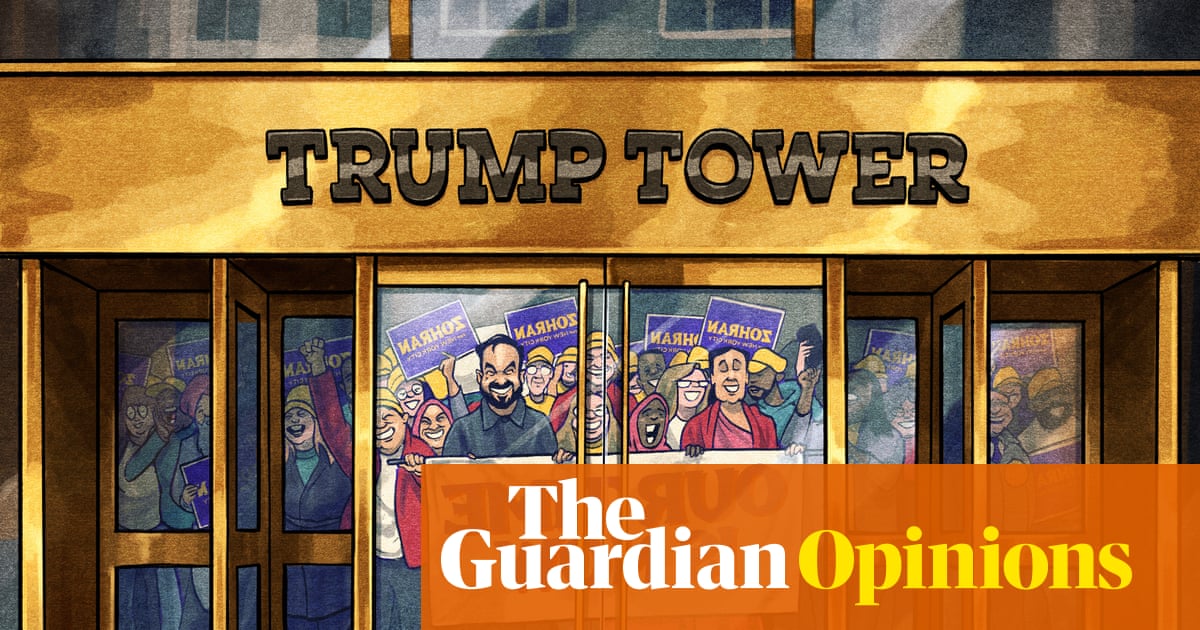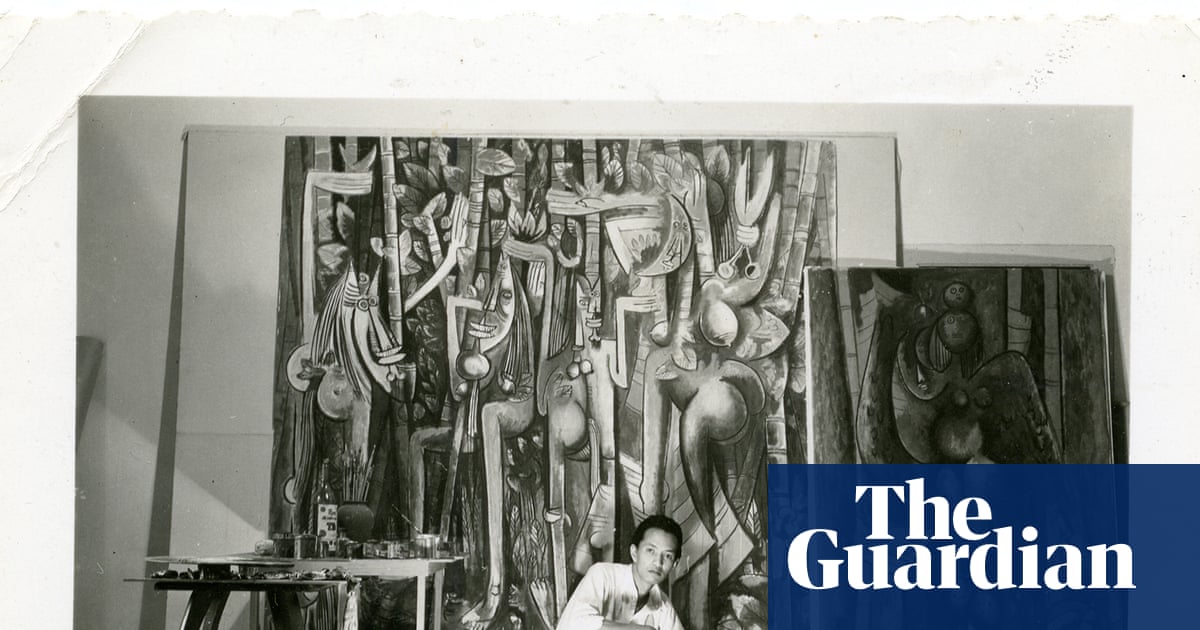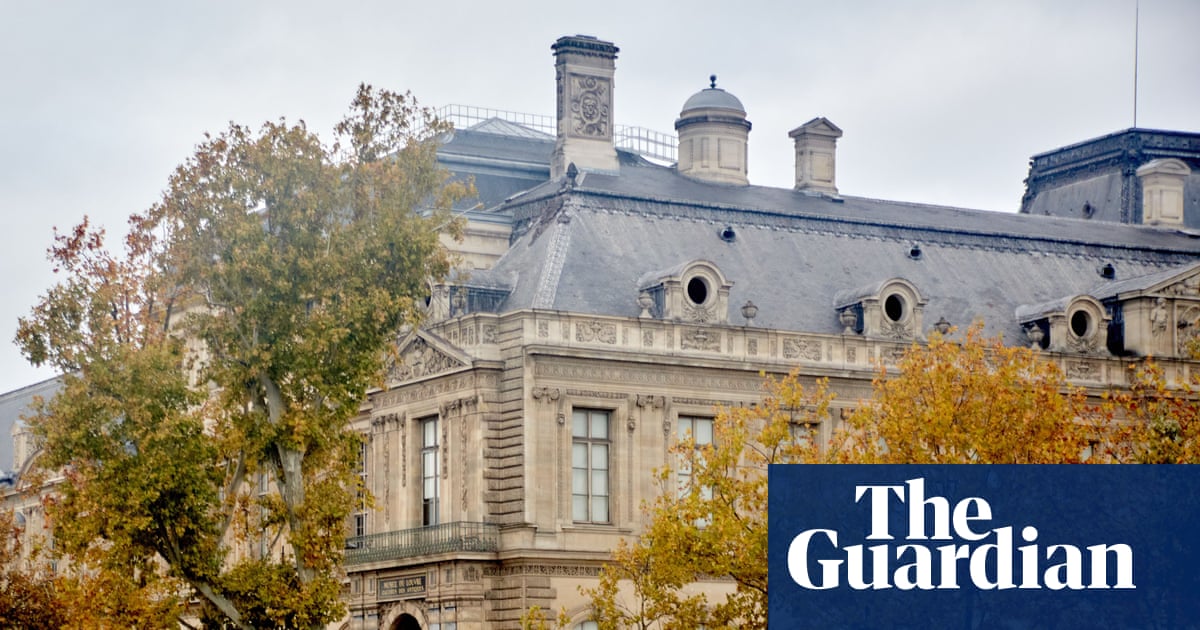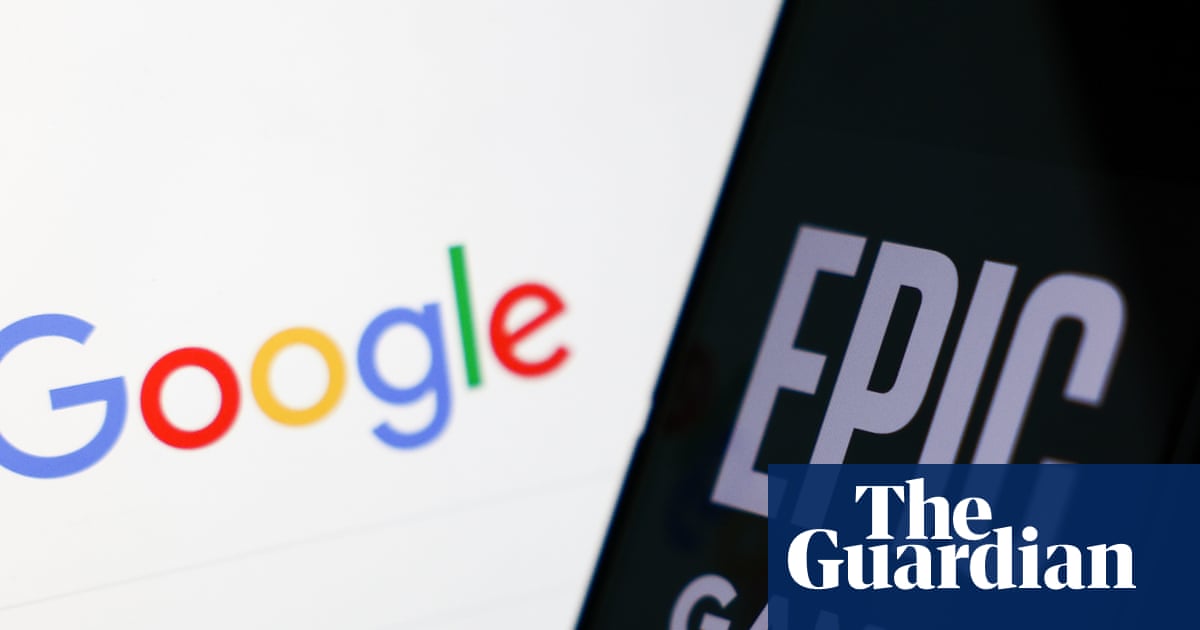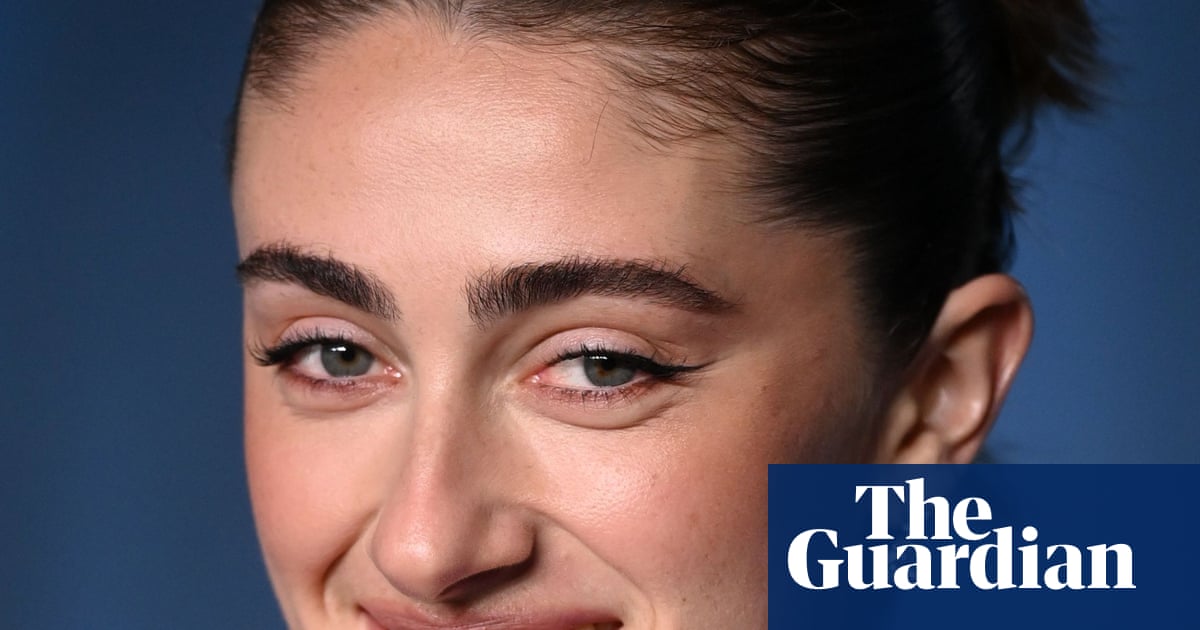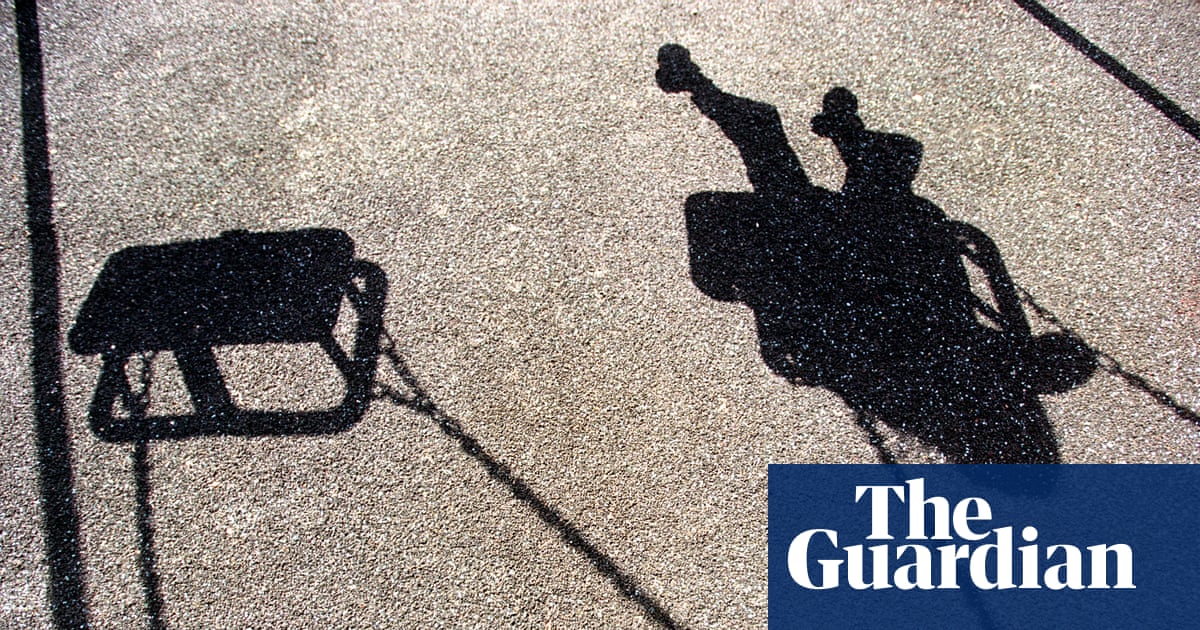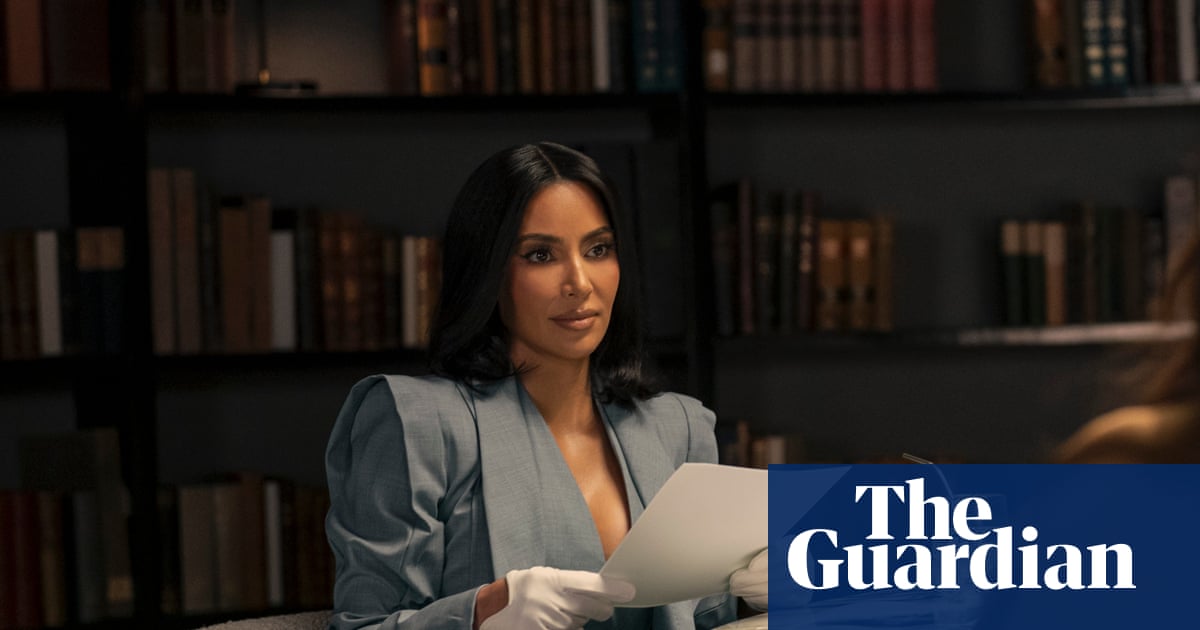When the boss of Marks & Spencer reported a drop in clothing sales in its latest half-year results on Wednesday, he was keen to stress the problems were down to spring’s devastating cyber-attack and “not due to lack of demand”.
Stuart Machin said the once-staid retailer had been “inundated with requests” for its fashion range, which has been revitalised in recent years and was again lifted by last year’s collaboration with designer Bella Freud.
On Thursday last week, M&S launched a fresh tie-up, this time with London fashion label 16Arlington. With sequin dresses, statement evening coats and tops with feather detail, it’s set for the festive party season.
It came on the same day H&M unveiled a similar venture with Glenn Martens, the Belgian designer about to take over at Maison Margiela.
The two launches capped an autumnal flurry of collaborations between independent brands and high street stores. Last month, John Lewis brought out collections with Labrum and Rejina Pyo, while Debenhams did one with the “king of sequins” Ashish Gupta and M&S continued its Bella Freud collab with a range of eye-catching knits. It was also announced that the highly rated London designer Aaron Esh would be joining All Saints as its new creative director.

Collabs have become an established part of high street fashion since the trend kicked off in the 1990s with Designers at Debenhams, which has drawn in names such as Jasper Conran, Matthew Williamson and Julien Macdonald over the year. H&M did their first in 2004, with Karl Lagerfeld, while Topshop made headlines in the noughties working with Kate Moss and Christopher Kane.
If those past hits gave the impression of high fashion sprinkling the stardust on the high street, the latest round suggests the tables have turned somewhat – offering a welcome outlet to independent designers struggling financially.
Esh, Pyo and 16Arlington have all skipped showing at London fashion week in recent seasons, because shows are so expensive. Speaking to The Business of Fashion when news of his All Saints appointment was announced, Esh was excited by the creative challenge but also praised the security his new job brings: “It helps me with the financials and foundations of my company and not having to live season to season.”
John Lewis’s collaborations run across two seasons per designer – Labrum and Pyo follow A.W.A.K.E Mode, whose second collection landed in the spring. The department store chain’s director of fashion, Rachel Morgans, will not divulge the fee paid for these collaborations, but does say: “I hope they see it as a fair representation of the work that they’re doing, and the work that we’re doing together.”

Even if the price points are higher – £149 for Rejina Pyo shirt compared with £49 for a John Lewis one – the pieces are selling. Morgans says the green satin Pyo shirt sold out in a day, and the Labrum duffel coat is proving popular.
Designers will benefit from a different demographic seeing their clothes, says Catherine Shuttleworth, a retail expert and the founder of Savvy Marketing. “You [the customer] might [see the collaboration] then look into that designer and buy one of the other pieces that are a lot more expensive,” she argues.
after newsletter promotion
Henrik Lischke, senior fashion news and features editor at Grazia, agrees. “There is obviously a lifeline in the struggling landscape of the fashion industry, in terms of an injection of cash into the brand,” he says, “but also in terms of brand awareness. For small brands, to be picked up at M&S or John Lewis – all of a sudden Sally in Sunderland will know that brand.”
Designers also see the inner workings of a much larger business, and this helps them develop as a result. Morgans gives the example of working with the Labrum designer Foday Dumbuya on knitwear. “We’ve been able to support on those categories that they haven’t really had as much experience in,” she says. “And obviously we would share our contacts with them as well.”
Morgans has long worked in collaborations. She was part of the team that instigated them at Topshop 20-odd years ago. “It’s in my DNA, if you like,” she says. “I feel it’s really important as a British retailer we give something back … If we can be one step and support on that journey, I’m here for it.”
Of course, there are advantages for the retailer, too. “What those brands bring to the high street giants is credibility,” says Lischke, “the attention to detail and fabric and fit and design ethos that exists in their luxury world … that’s the return basically.”
Morgans says creativity is another essential factor. “Our design team get the exposure to brands and designers that expands their knowledge,” she says, pointing in particular to the collaboration with A.W.A.K.E Mode. “That means [they] can get braver and experience more and will push the boundaries more. I think that has an influence on the way we work going forward.”

 2 hours ago
6
2 hours ago
6
